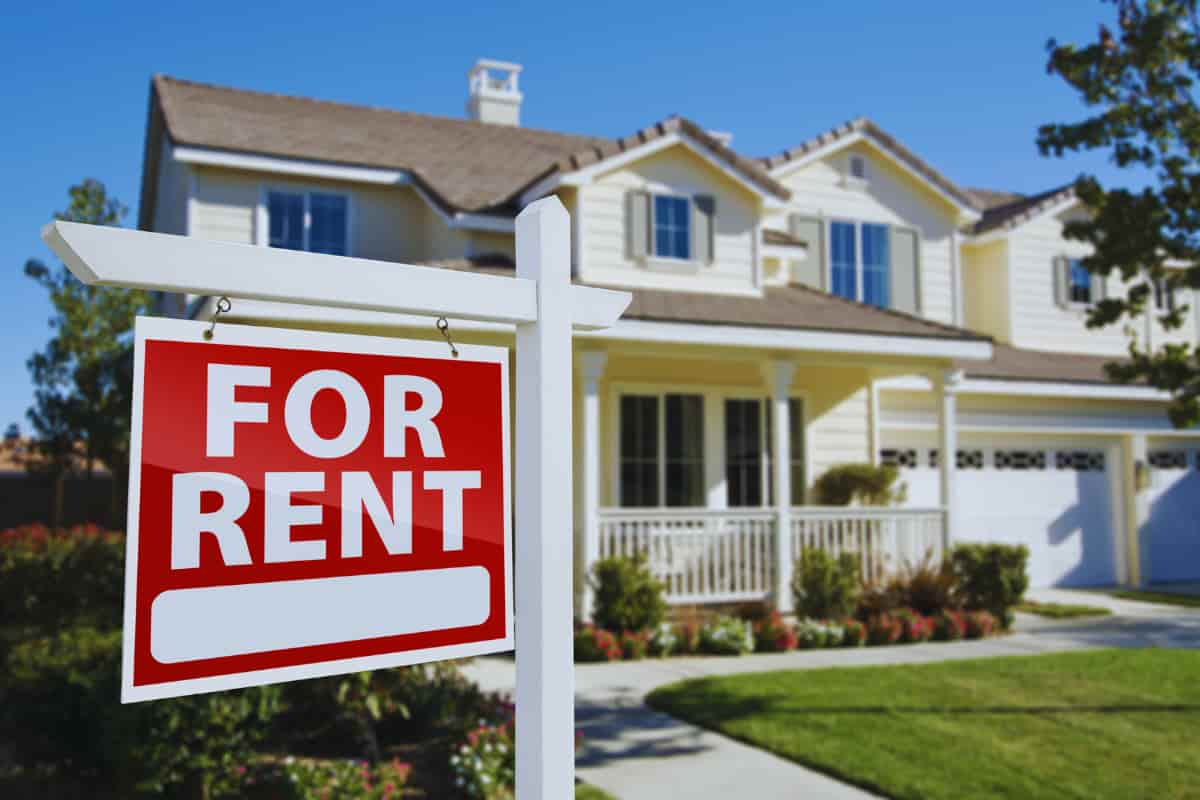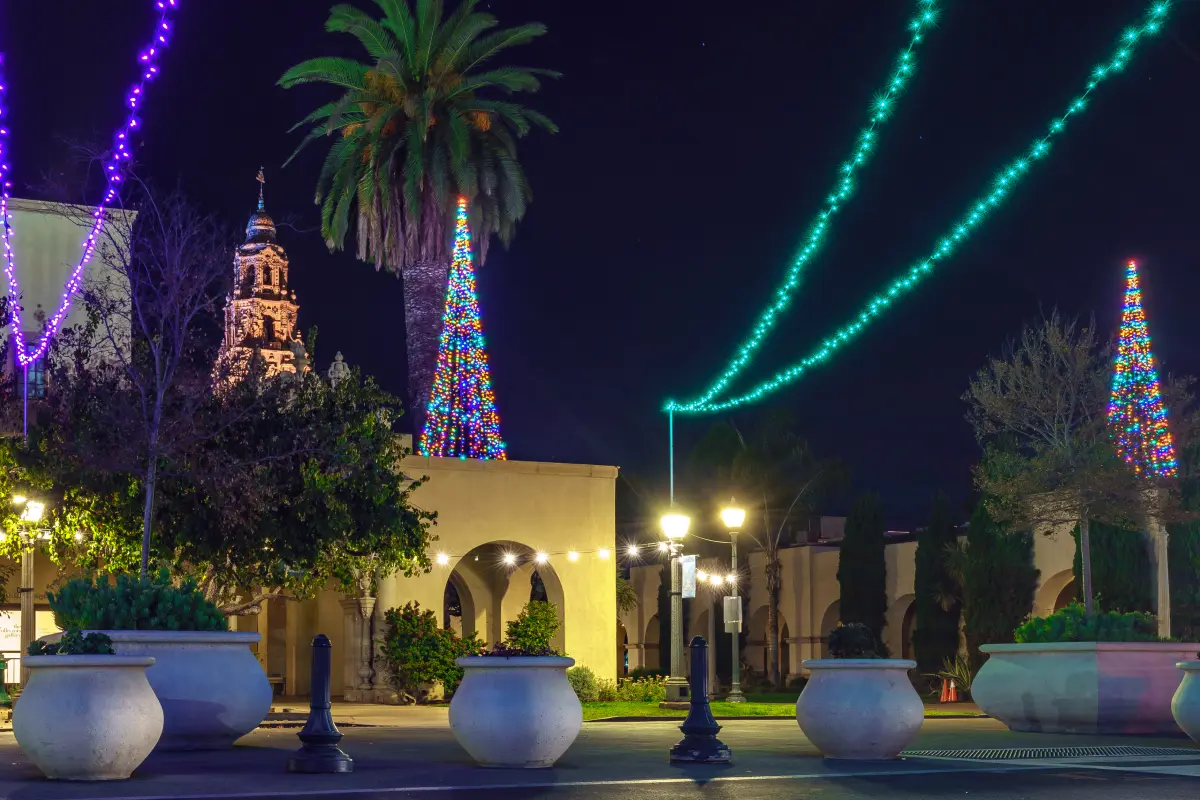Earlier this month, the San Diego city council voted 5-1 to ban no-fault evictions until at least September of this year. City Council President Sean Elo-Rivera led the charge, stating that tenants in the city of San Diego should be protected from unnecessary evictions, especially once the statewide moratorium ends on June 30th.
While the statewide eviction moratorium only prevents the removal of a tenant behind on rent due to a COVID-related hardship, this bill would apply to all renters in the city of San Diego.
What is a No-Fault Eviction?
A no-fault eviction is when the tenant has not violated their lease but is asked to depart the property. An example would be the owner wanting to move back in or do extensive remodels or repairs on the home.
These kinds of evictions can put a strain on tenants, especially with the current state of the rental market. Prices are at an all time high and nobody wants to be left on the street. Finding a new place to live can cost people thousands of dollars, when factoring in a security deposit and first month’s rent.
What Are People Saying About the Bill?
Dozens of San Diego residents called in to express their opinions on the matter. Those in favor of the bill say that postponing these no-fault evictions keep people from becoming homeless. No-fault terminations are seen as unnecessary evictions by many tenants, especially when some are still suffering the fallout of the pandemic.
Those against it argue that this bill doesn’t take property owner rights into account. They have the right to take the property off the market or move back into their home when they feel like it. This kind of legislation harms small landlords that may only have one or two properties.
Next Steps...
The bill was approved during the second confirmation vote last week. The final step is that it must be signed by San Diego Mayor Todd Gloria, then it becomes law.
The ordinance will go into effect within the next 30 days and is set to end on September 30th, 2022 or 60 days after the end of the local emergency declaration, whichever comes first.
If you found this article helpful, follow us on social media. We post daily tips to help you manage your own rental property:
Steve Welty
Subscribe to our Weekly Newsletter
Join the 5k+ homeowners receiving Local Law Updates and Landlord Tips. Delivered to your inbox every Saturday at 6am PST.
Share this:
Get in touch with us:
We make owning rental property easy.
Choose Your Next Step
Good Life Blogs
We believe that education is empowering.

The 6 Best Places To Post Rental Property For Free
Wondering where to post rental property for free? Discover the top 6 sites to list your rental and attract quality tenants without spending a dime.

San Diego Real Estate Forecast for 2026: What Investors Should Do Now
Explore the San Diego real estate forecast for 2026, including housing market trends, interest rates, and what real estate investors should do now to prepare for the next cycle.

40+ San Diego Holiday Activities Guide 2025
Discover the best things to do this season with our San Diego Holiday Activities Guide 2025. Explore 40+ festive events, tree lightings, parades, and more!





